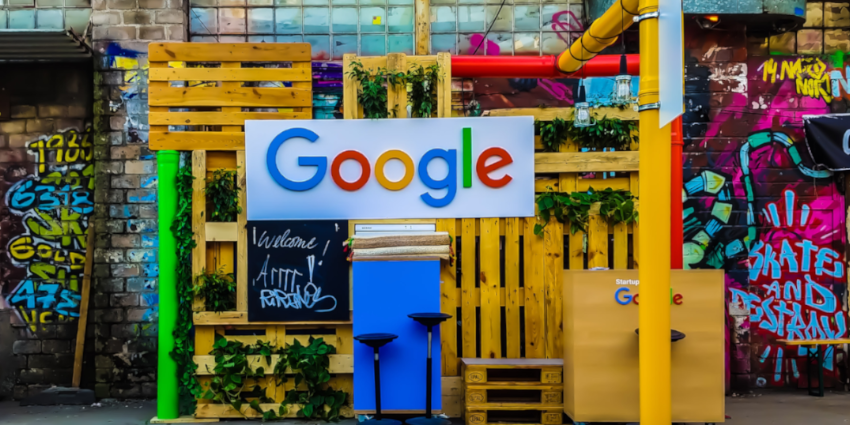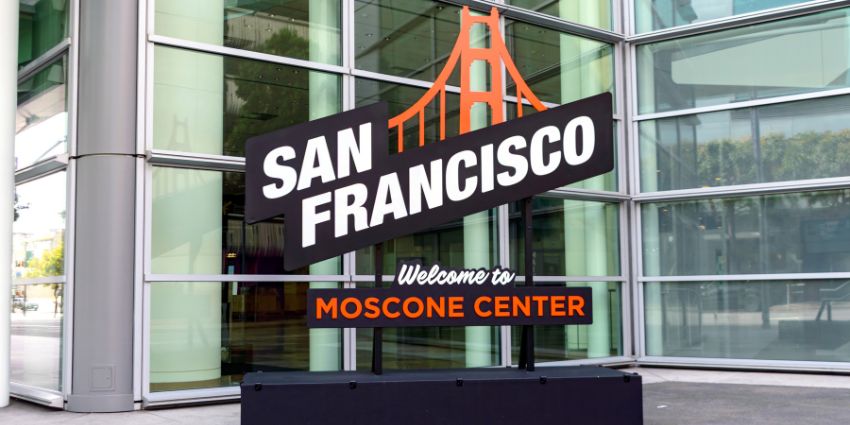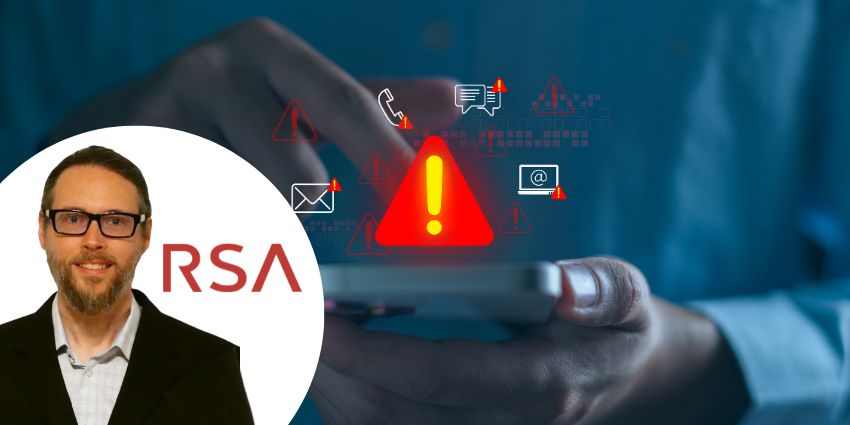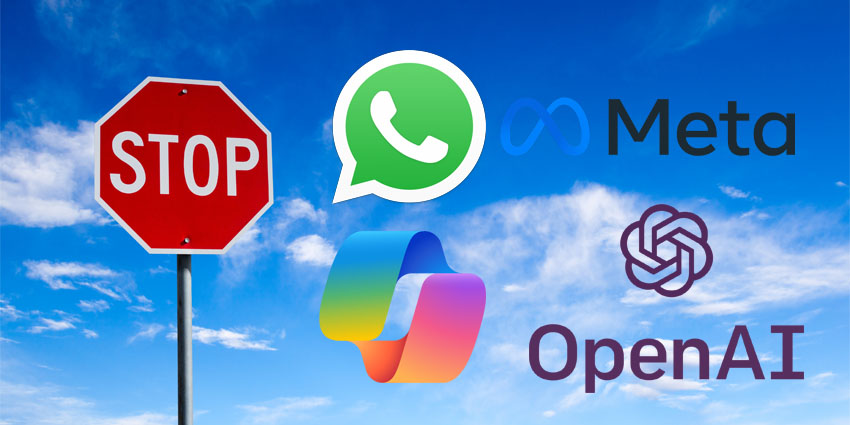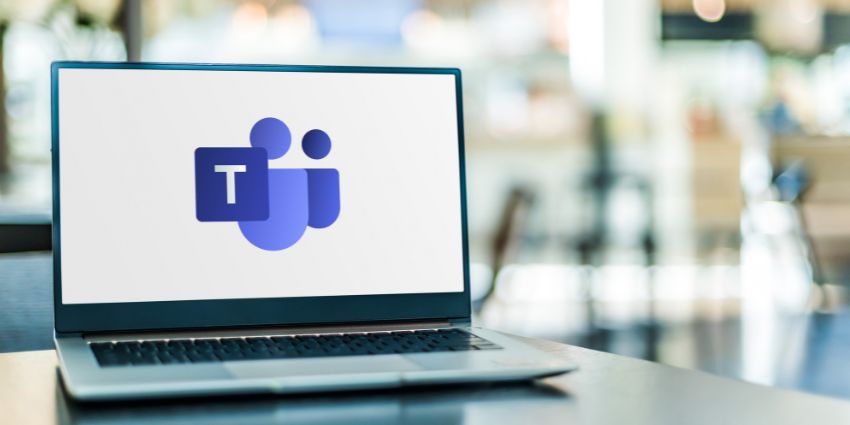According to Google, Verified Calls help you make informed decisions about incoming calls. And a lot of companies, including Twilio, have introduced similar offerings that help users avoid scams and fraud, in many instances. Google told The Verge, it is piloting the feature in Brazil, adding, “As we’re currently piloting this feature, we don’t have specific information to share regarding general availability.” Google said the feature “helps people understand the true identity of a business calling them.”
The new feature could soon make its way to other parts of the world, and it could be immensely helpful to those who use Google’s phone app. It does rely on businesses to remain proactive and send information for verification to enable the following:
- Verify the business caller’s identity
- Display the business’s reason for calling
- Display the business’s logo
According to Google’s website, privacy should be of no concern, as it says, “To keep your data private, Google doesn’t share sensitive information about you with our business partners. Within minutes of verification, Google deletes your phone number and the call reason from the Verified Calls server.” So, how does it work?
Before a business calls you, it sends Google’s dedicated ‘Verified Calls’ server the company’s phone number, your phone number, and quite possibly the coolest feature, the call the company’s reason for calling you. This information’s sent to the Google Phone app on your device and the information’s compared to the verified information from the business — if it is a match, the all appear as “verified.” Verified Calls are set to ‘on’ by default, but this can be managed manually and switched to the ‘off’ position.
You have to have your phone number connected to your Google account to enable the feature, once made available, and the Google Phone app doesn’t work with most Android phones. According to Android Central, “This means the Verified Calls feature will only be available on Google’s Pixel and a small number of other compatible Android phones.”
According to a recent report by the U.S. Federal Trade Commission, phone calls were the number one way people reported being contacted by scammers. While most people said they hung up on those calls, those who lost money reported a median loss of $1,000 in 2019. Google does caution to those using its phone app, any call without the “Verified Call” badge isn’t always spam, adding “The call might be from a registered business that didn’t provide the ‘Verified Call’ information.”
Nonetheless, there is still a need for individuals to protect themselves against calls designed to scam. I assume it is not a matter of if, but rather, when, this feature will make its way to the rest of the world. Once it does, it could provide a lot of value, especially if Google makes it easier for the large community of Android users who would likely gladly use this feature to access its technology on their devices. It could also provide a much-needed boost to end-user security and privacy.
